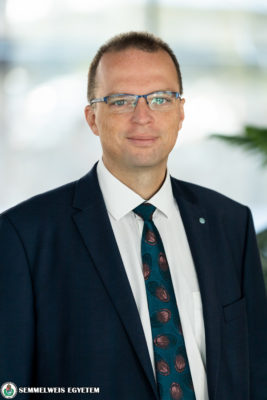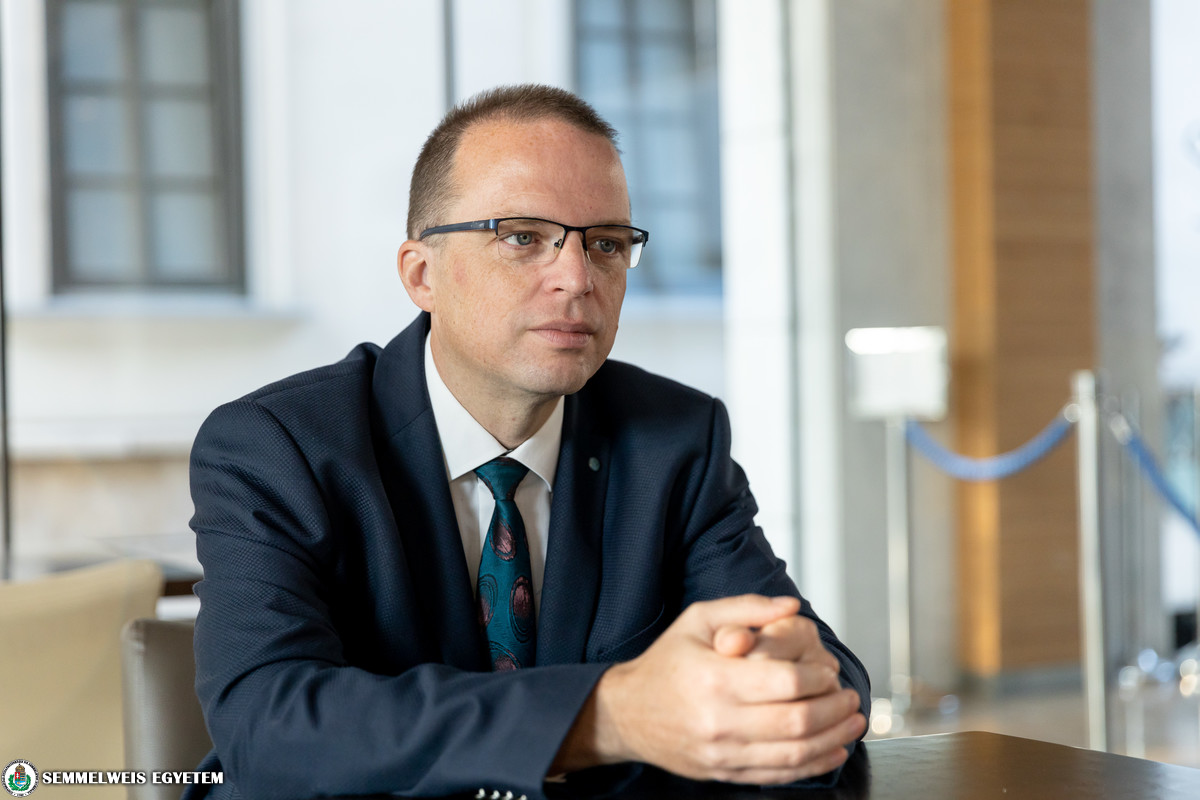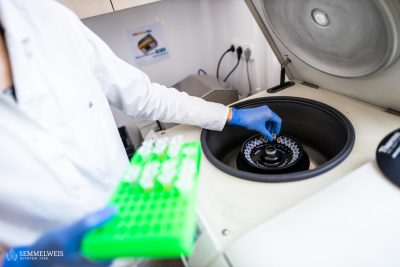 Rheumatoid arthritis (RA) is the most common autoimmune inflammation of the multi-joint system, affecting 0.5-1% of the population, tens of thousands of people in Hungary. It typically affects the small joints of the hands and feet, causing pain and often destruction. Affected patients may find it difficult to use their limbs and the constant, intense inflammation can lead to accelerated atherosclerosis and other problems. “It not only reduces the quality of life, but can also shorten it,” said Dr. György Nagy, Head of the Department of Rheumatology and Clinical Immunology at Semmelweis University, adding that in RA, early detection and the selection of the best treatment are particularly important. This can be helped by The new recommendations for patient treatment prepared by a working group led by Dr. György Nagy and published in the Annals of the Rheumatic Diseases, the leading international scientific journal of rheumatology can help.
Rheumatoid arthritis (RA) is the most common autoimmune inflammation of the multi-joint system, affecting 0.5-1% of the population, tens of thousands of people in Hungary. It typically affects the small joints of the hands and feet, causing pain and often destruction. Affected patients may find it difficult to use their limbs and the constant, intense inflammation can lead to accelerated atherosclerosis and other problems. “It not only reduces the quality of life, but can also shorten it,” said Dr. György Nagy, Head of the Department of Rheumatology and Clinical Immunology at Semmelweis University, adding that in RA, early detection and the selection of the best treatment are particularly important. This can be helped by The new recommendations for patient treatment prepared by a working group led by Dr. György Nagy and published in the Annals of the Rheumatic Diseases, the leading international scientific journal of rheumatology can help.
As Dr. Nagy pointed out, many new therapeutic options for the disease have emerged in recent years. However, some people with rheumatoid arthritis do not respond to treatments in the same way as others; they typically have psychological problems, drug resistance or comorbidities. To improve their therapy, the idea was born that a separate treatment for this group of patients would be justified. A EULAR (European League Against Rheumatism) grant was awarded in 2018, and the 32-member working group led by Dr. György Nagy was set up.
“In addition to Western European professors and physicians, the members included psychologists, physiotherapists, patients, pharmacists, nurses and young rheumatologists,” explained the head of the department.
The first step was to define the difficult-to-treat patient group (click here to read our article on this) and then to start drafting the set of recommendations.
A recent publication summarizing the findings of the working group includes two general and 11 specific recommendations for the treatment of patients with difficult-to-treat RA. These include making an accurate diagnosis, assessing inflammatory activity, monitoring adherence, optimizing drug therapy, and assessing comorbidities.
“Switching drugs or increasing the amount of medication is not necessarily the best way to improve treatment. Other recommendations do not consider non-pharmacological treatments, such as physiotherapy or patient education, but in our recommendation these also play an important and crucial role. The aim of the recommendation is that if a rheumatologist sees that the recovery of their patient is not progressing according to therapeutic goals, the guide will walk them through the steps to improve treatment,” he said, adding that they hope that the recommendation will be adopted in daily practice by more rheumatologists internationally as well.
This is primarily in the interest of patients, and the document will be continuously improved and developed on the basis of new studies. “The university has recently launched several studies on patients with difficult-to-treat rheumatoid arthritis, but we are also open to collaborations with other institutions and disciplines,” he said.
Ádám Szabó
Translation: Tamás Deme
Photo: Attila Kovács – Semmelweis University



